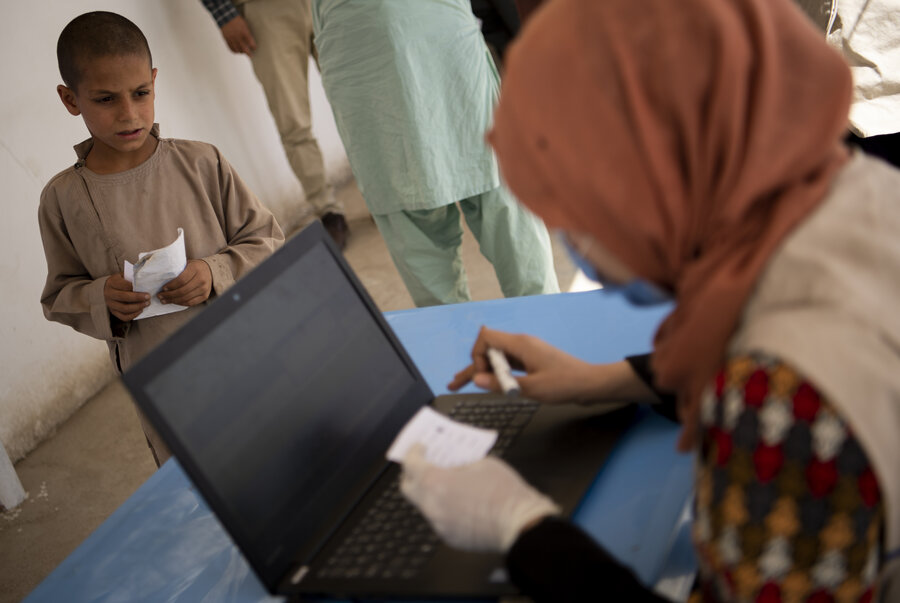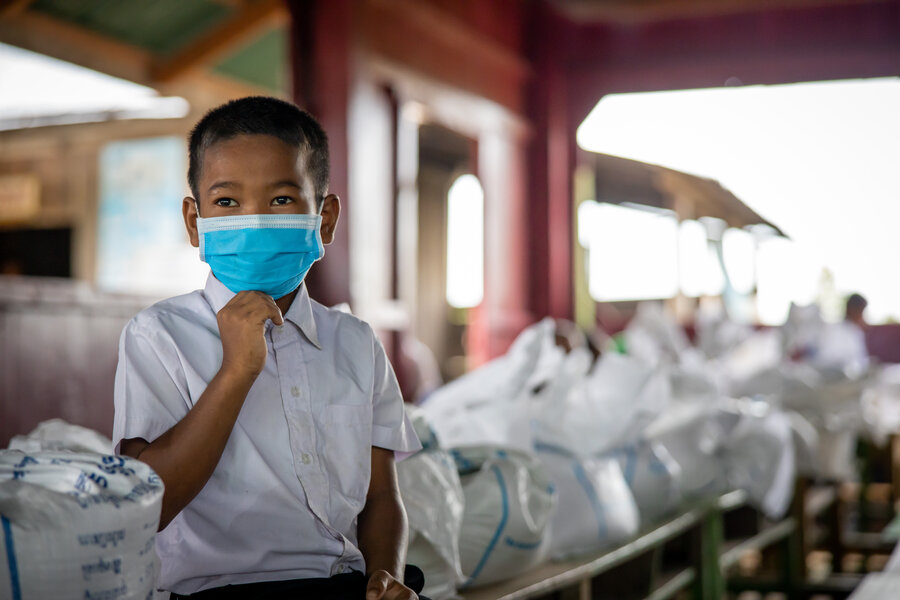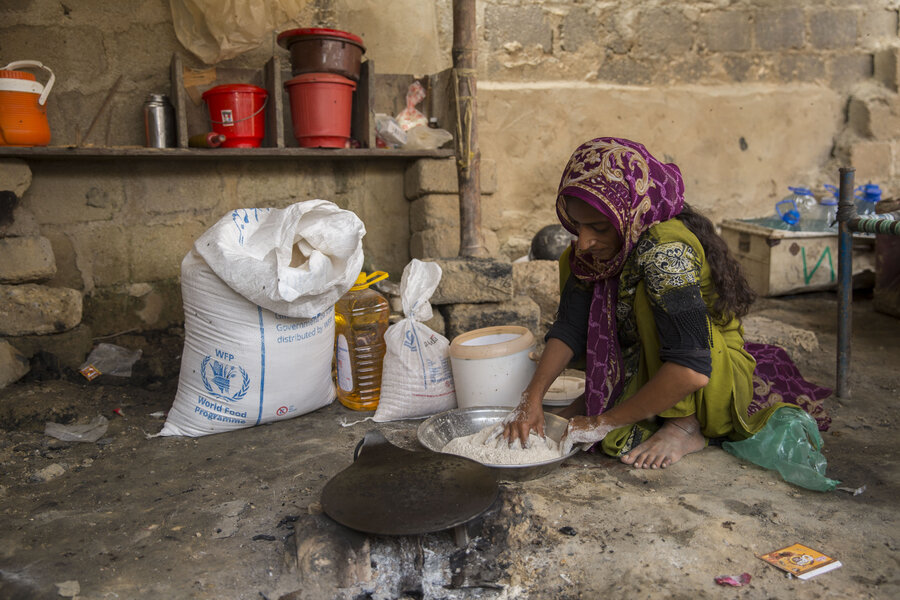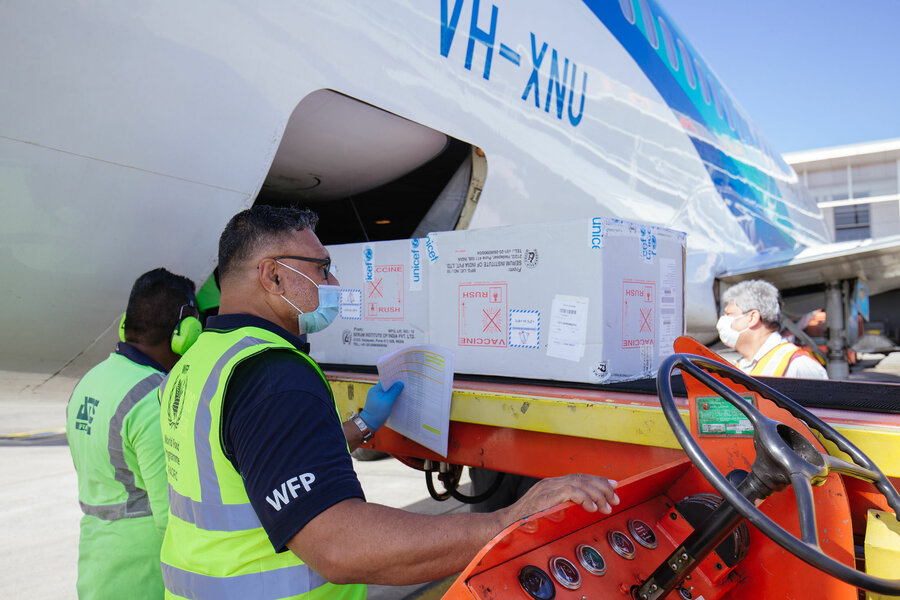Asia and the Pacific: WFP’s Covid-19 response one year on

This time last year, amid the rush to contain COVID-19, countries across Asia and the Pacific had only just begun to feel the pandemic’s ramifications. By the end of the year, nearly 13 million people had contracted COVID-19 in WFP’s countries of operation and oversight in the region – making up half of all cases across WFP countries - with millions more potentially undetected.
The socioeconomic impacts are dire: 81 million people are estimated to have lost jobs across the region. In Bangladesh, the urban poor and vulnerable non-poor suffered an average income loss of 70 percent. In Afghanistan, the number of people facing severe food insecurity skyrocketed to 16.9 million (42 percent of the population).

Yet, through this turbulent year, WFP persevered and delivered. When waves of migrants returned to their home countries, WFP was called upon to provide food assistance to hundreds of thousands of people in quarantine centres. When schools across the regions shut, WFP delivered take-home rations to ensure over a million children's essential nutrition needs were covered.
Amid unprecedented challenges to global supply chains and shutdowns of international flights, WFP dispatched 1,725 mt of personal protective equipment, hygiene items and medical equipment to where it was needed most. WFP also facilitated more than 200 chartered flights for 4,500 medical and humanitarian staff, and 54 mt of essential cargo.

And in cases where governments were struggling to assess the situation in lockdown contexts, WFP utilized its mobile vulnerability analysis and mapping (mVAM) and remote monitoring expertise to map out COVID-19's impact on food security and food prices.
By the end of the year, WFP had reached 16.6 million beneficiaries. That's 4.8 million more than in the previous year.

